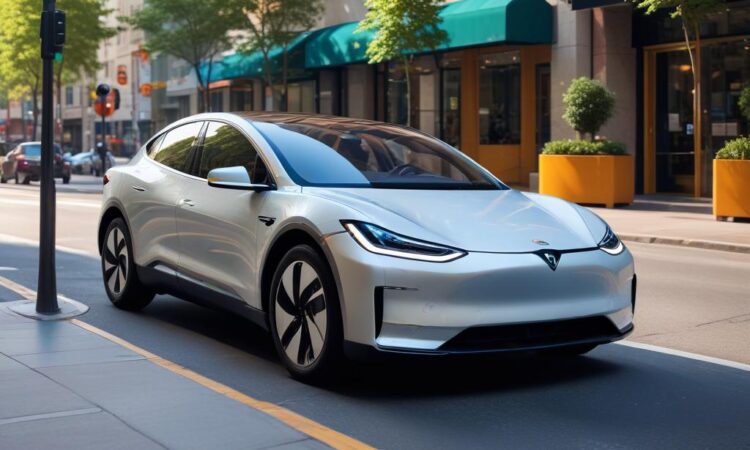Car Sharing Switches to Electric to Boost Appeal: Will it Work?
Let’s be honest, car sharing hasn’t exactly exploded onto the scene like everyone predicted. You see those bright orange or lime green cars parked around, sometimes gathering dust, and you wonder: what’s the deal? Is it just a niche thing? A fad that fizzled? Or is there something missing? Well, a growing number of car-sharing companies think they’ve found the missing ingredient: electric vehicles.
The argument is pretty straightforward. Electric cars offer a compelling combination of factors that could finally push car sharing into the mainstream. Think about it: lower running costs (electricity is generally cheaper than gasoline), reduced emissions (a huge plus in environmentally conscious cities), and a quieter, smoother driving experience. These are all selling points that could attract a broader audience than the current, often tech-savvy, early adopters.
One of the major hurdles for car sharing has always been the unpredictable nature of fuel costs. With gas prices fluctuating wildly, it’s hard for companies to accurately predict their operational expenses and set fair prices. Electric vehicles, however, largely sidestep this problem. The cost of charging is much more stable and predictable, making it easier to offer competitive and consistent rates for users.
Environmental concerns are another key factor. In many cities, there’s a growing push towards sustainable transportation, and electric cars fit perfectly into this narrative. Car sharing companies are capitalizing on this by highlighting the eco-friendly aspects of their electric fleets. This is particularly effective in attracting younger demographics who are often more concerned about environmental impact.
But will this be enough to finally catapult car sharing into widespread adoption? There are still significant challenges to overcome. Range anxiety remains a concern for many potential users. The availability of charging stations is still patchy in many areas, and the time it takes to charge a car is significantly longer than filling a gas tank. This could lead to inconvenience and potentially disrupt the seamless experience that car sharing aims to provide.
The upfront cost of transitioning to an all-electric fleet is also substantial. Electric vehicles are generally more expensive than their gasoline counterparts, requiring a significant investment from car sharing companies. This investment needs to be weighed against the potential returns, which are far from guaranteed.
Furthermore, the infrastructure needs to support the shift. Cities need to invest in more charging stations, ensuring that they’re conveniently located and readily available. This requires collaboration between car sharing companies and local governments, something that hasn’t always been smooth sailing.
The success of this electric-powered car-sharing strategy hinges on a number of factors. Will the lower running costs and environmental benefits outweigh the range anxiety and charging limitations? Will cities invest adequately in charging infrastructure? Will consumers embrace the change? Only time will tell if this is the game-changer that car sharing has been waiting for.
The shift towards electric vehicles represents a significant gamble for car sharing companies. It’s a bet on the future of transportation, a bet that sustainability and convenience will ultimately win over the status quo. The coming years will be crucial in determining whether this gamble pays off, or whether car sharing remains a niche player in the transportation landscape.
There’s a lot of speculation surrounding this move, and many analysts are closely watching the developments. Some believe that this could be the catalyst car sharing needs to reach its full potential. Others remain skeptical, pointing to the lingering challenges around infrastructure and consumer behavior. Ultimately, only time will tell if the electric revolution can truly reignite the car-sharing spark.
One thing is certain: the electric car-sharing landscape is evolving rapidly. The next few years will be a fascinating period of experimentation, innovation, and adaptation. The outcome could reshape urban mobility as we know it.
So, while the jury is still out, the shift towards electric vehicles in the car-sharing industry is a significant development worth keeping a close eye on. It’s a bold move that could either revolutionize urban transportation or reinforce the existing limitations of the car-sharing model. We’ll be watching with bated breath.

